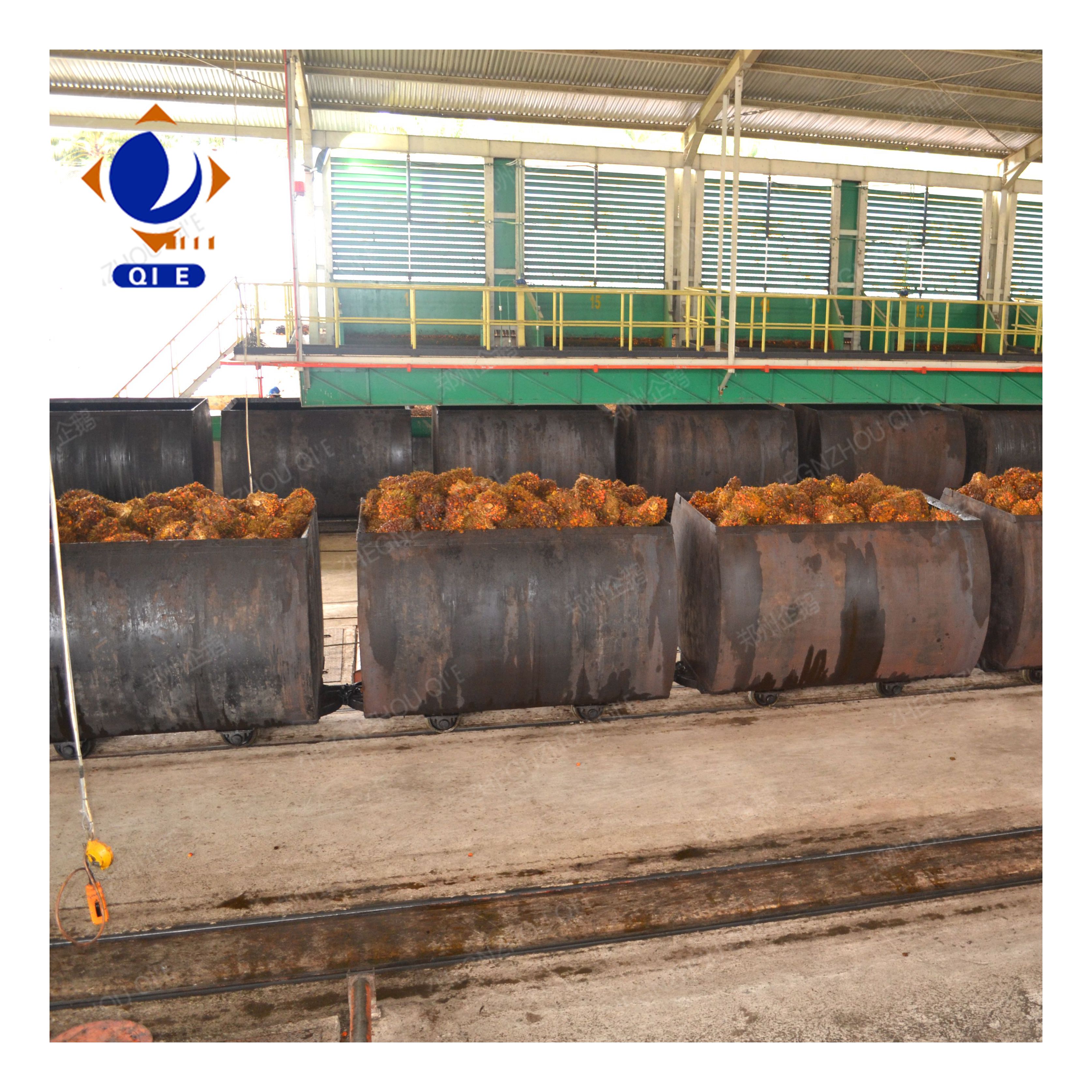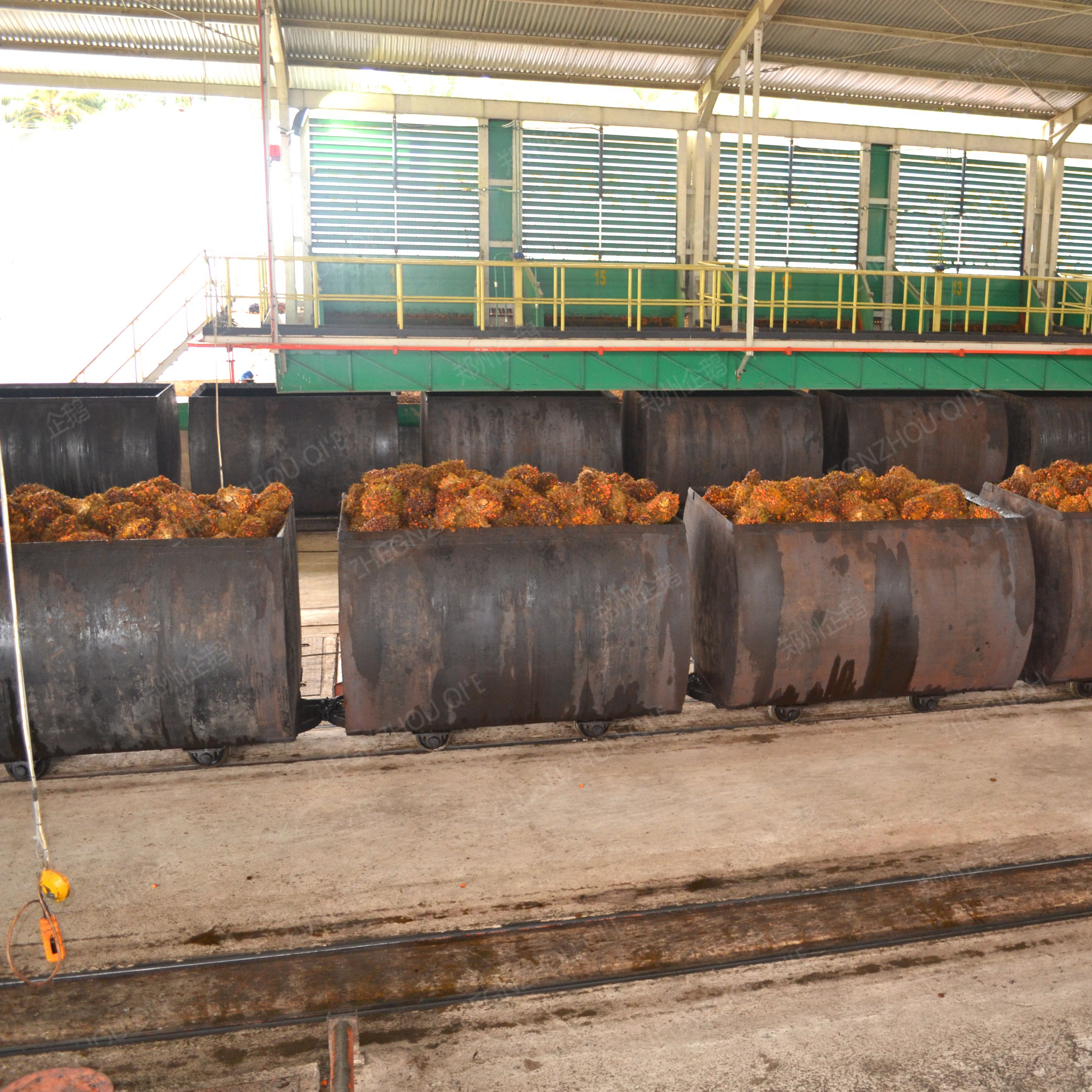
Are you struggling to decide between cold pressing and hot pressing for your palm fruit oil extraction? Let's start by understanding the fundamental differences between these two processes and how they impact the quality of the final product.
Cold pressing is a method where palm fruits are pressed at low temperatures, typically below 40°C. This process helps to preserve the natural nutrients, vitamins, and antioxidants in the oil, resulting in a high - quality, premium product. On the other hand, hot pressing involves heating the palm fruits to higher temperatures, usually between 80 - 100°C. This can increase the oil yield but may also lead to some loss of nutrients.

The equipment requirements for cold and hot pressing are quite different. Cold - pressing systems require specialized equipment that can maintain low temperatures during the pressing process. These machines are often more expensive but can produce high - end products. In contrast, hot - pressing equipment is designed to handle higher temperatures and is generally more focused on maximizing oil extraction.
When it comes to operational stability, cold - pressing systems may face challenges in maintaining a consistent temperature, especially in hot climates. Hot - pressing systems, however, need to ensure proper heat distribution to avoid over - heating and damage to the oil. Here is a table comparing the key equipment features:
| Process | Equipment Focus | Operational Challenge |
|---|---|---|
| Cold Pressing | Temperature control | Maintaining low temperature |
| Hot Pressing | Heat distribution | Avoiding over - heating |
Let's look at some real - world examples. In Malaysia, many palm oil producers use hot - pressing technology. The high - volume production and relatively stable climate in Malaysia make hot pressing a suitable choice for maximizing oil output. In contrast, in Nigeria, some producers have adopted cold - pressing methods. The local market has a growing demand for high - quality, nutrient - rich palm oil, which cold pressing can provide.

Energy consumption is a crucial factor in palm oil production. For cold - pressing systems, the electricity consumption per ton of oil is approximately 22 KWH. In terms of steam consumption, it can be as low as less than 300 kg per ton of oil. Hot - pressing systems generally have higher energy consumption, with steam consumption often exceeding 500 kg per ton of oil.
According to the FAO/WHO Guidelines for Oil Processing, energy - efficient production methods are encouraged to reduce environmental impact and production costs.
To help you quickly find the most suitable process for your business, here is a simple decision - making flow:

By following this decision - making process and referring to the data and case studies provided, you can make a more informed choice that suits your business needs.
If you want to learn more about palm fruit cold - pressing systems, energy - saving solutions, and get a detailed white - paper or schedule a consultation, click here.

